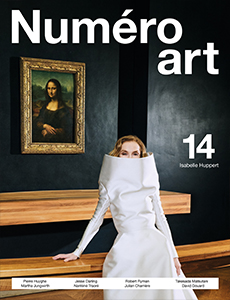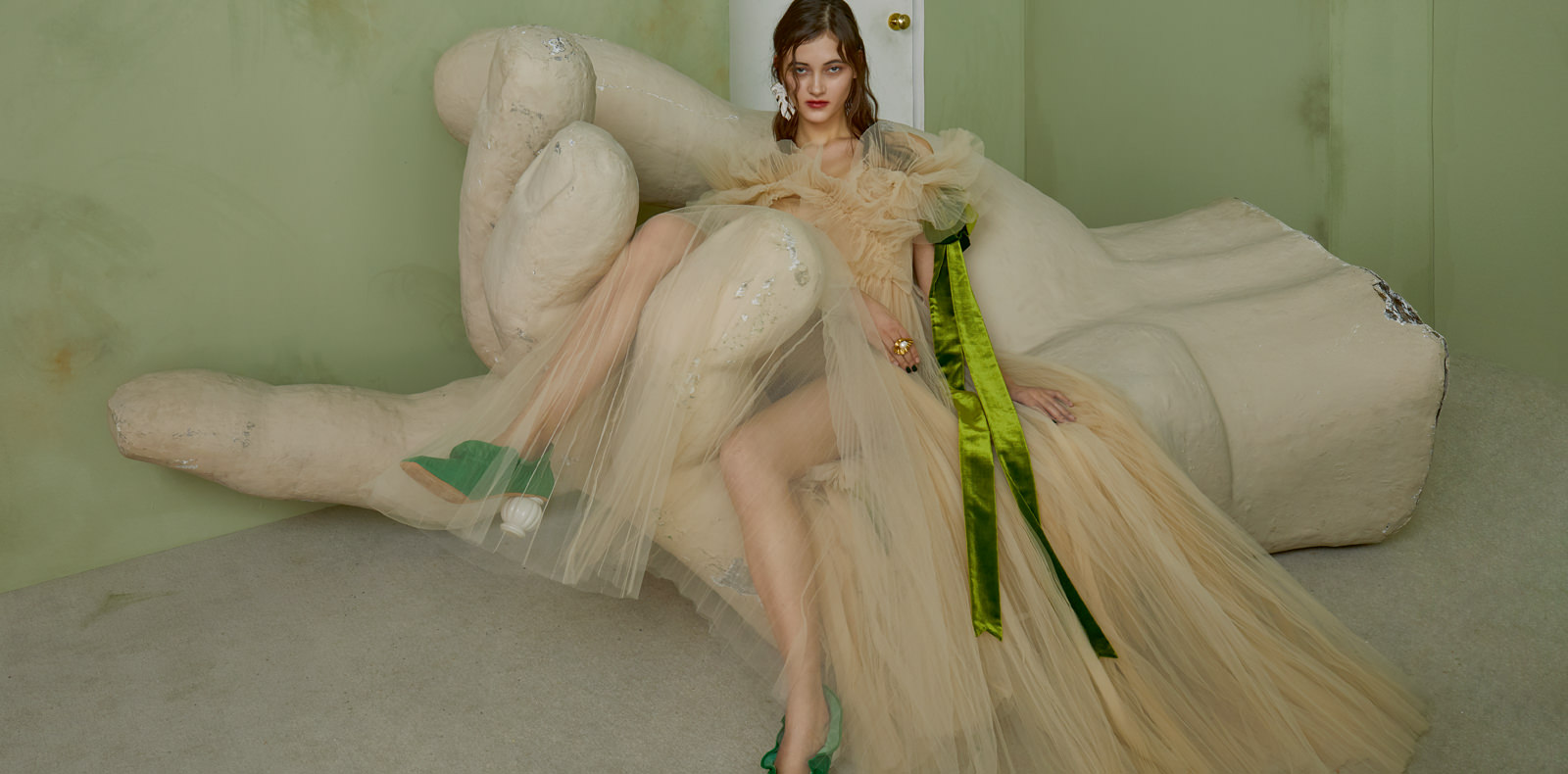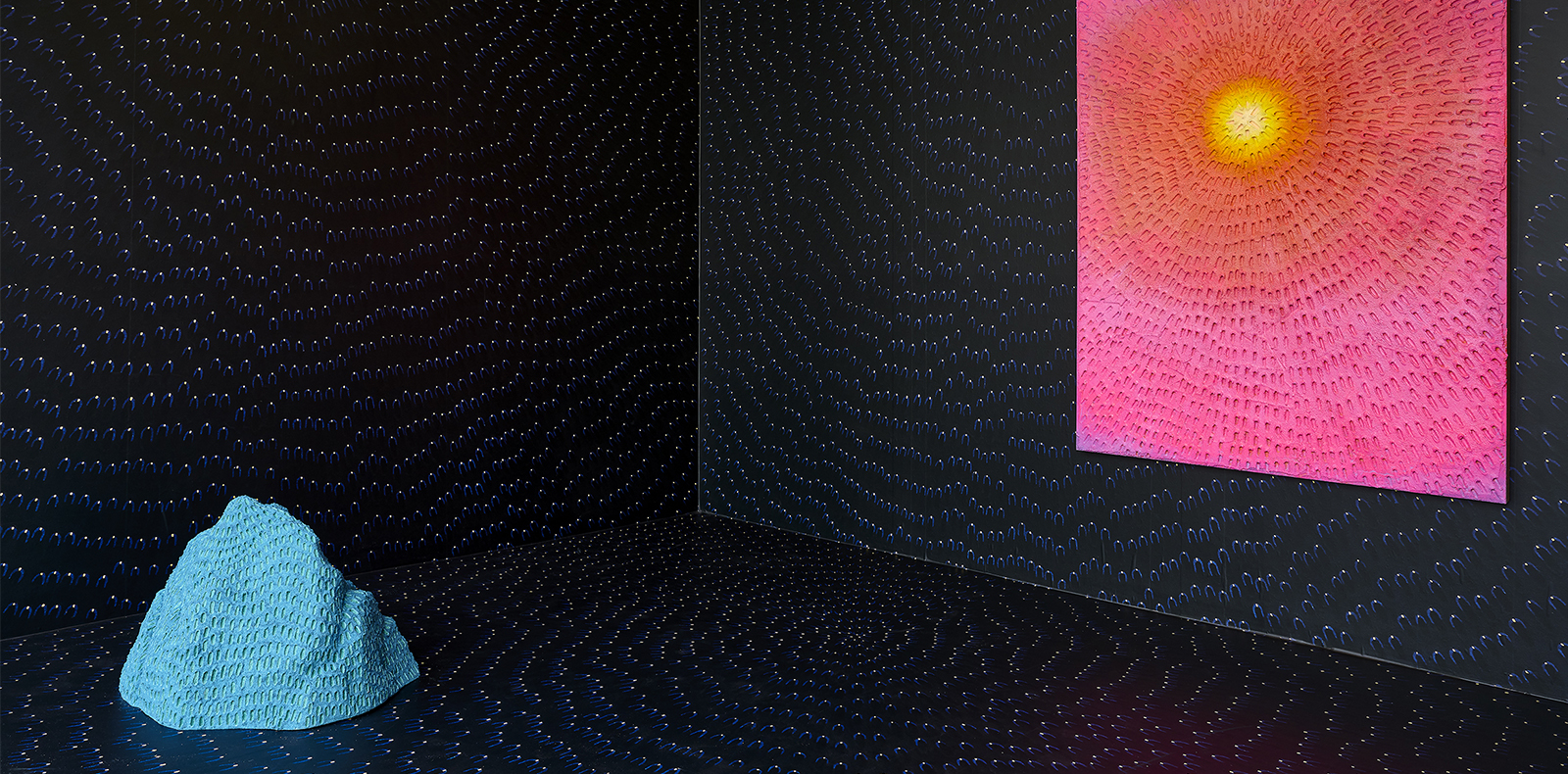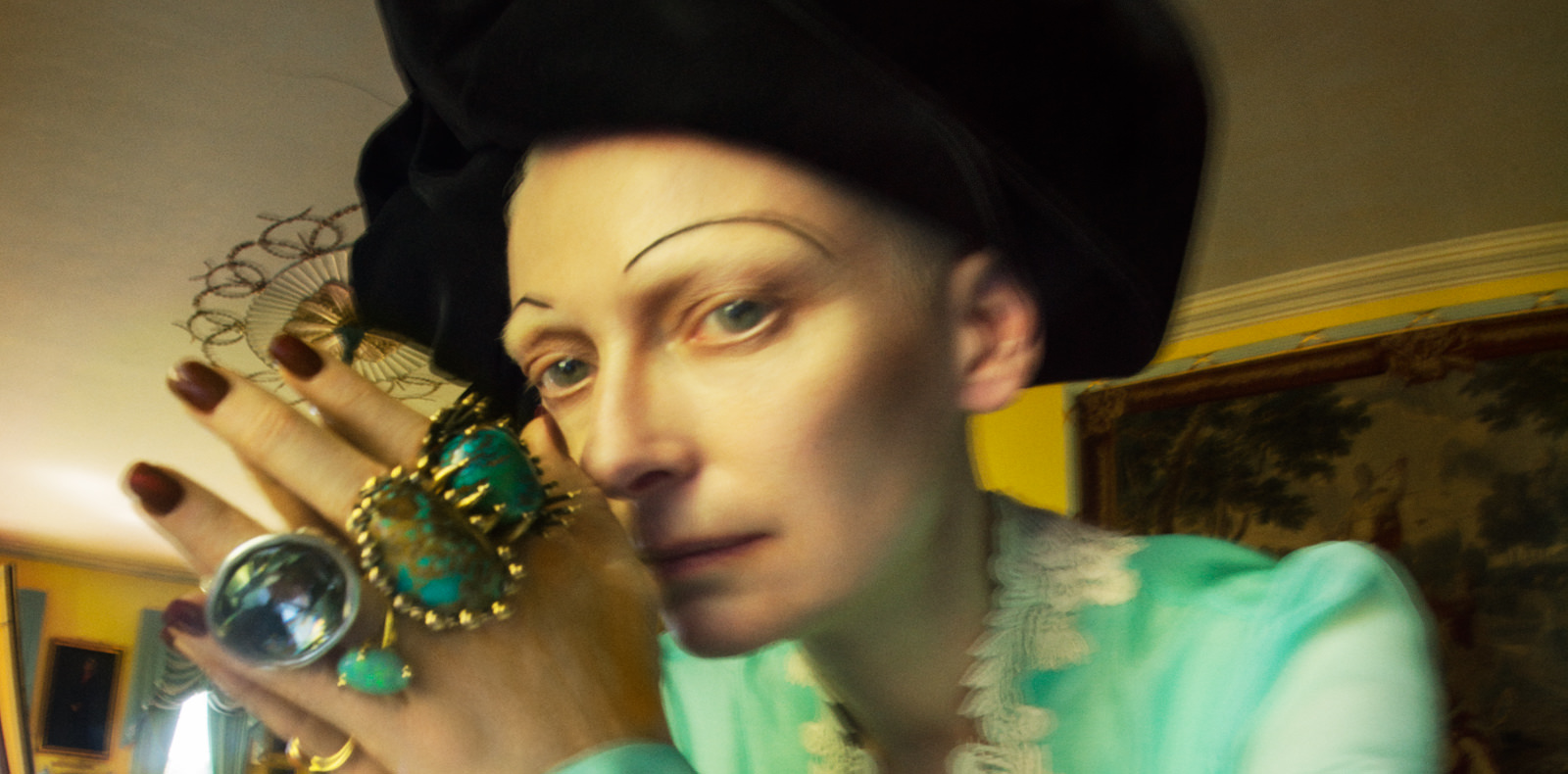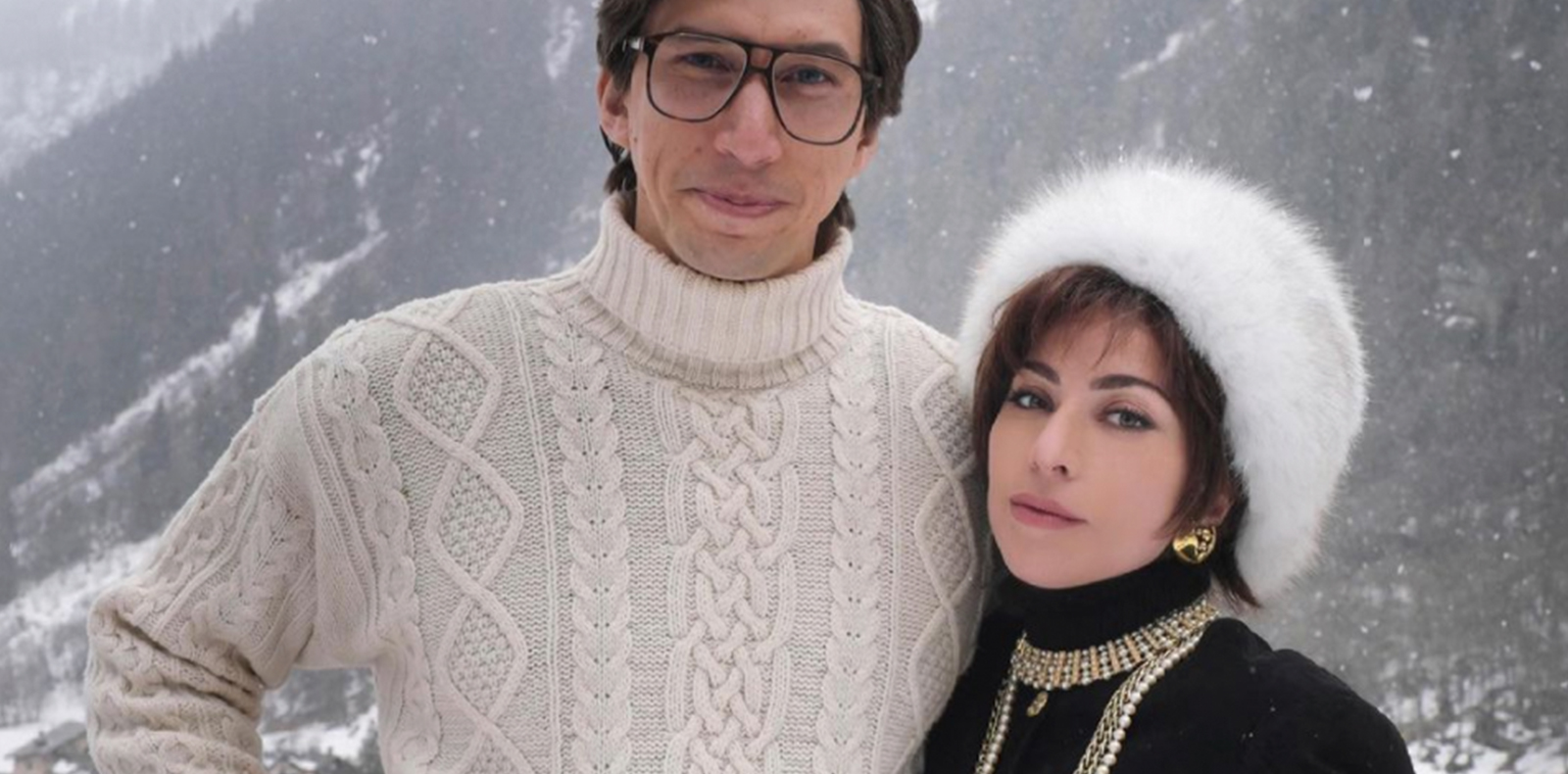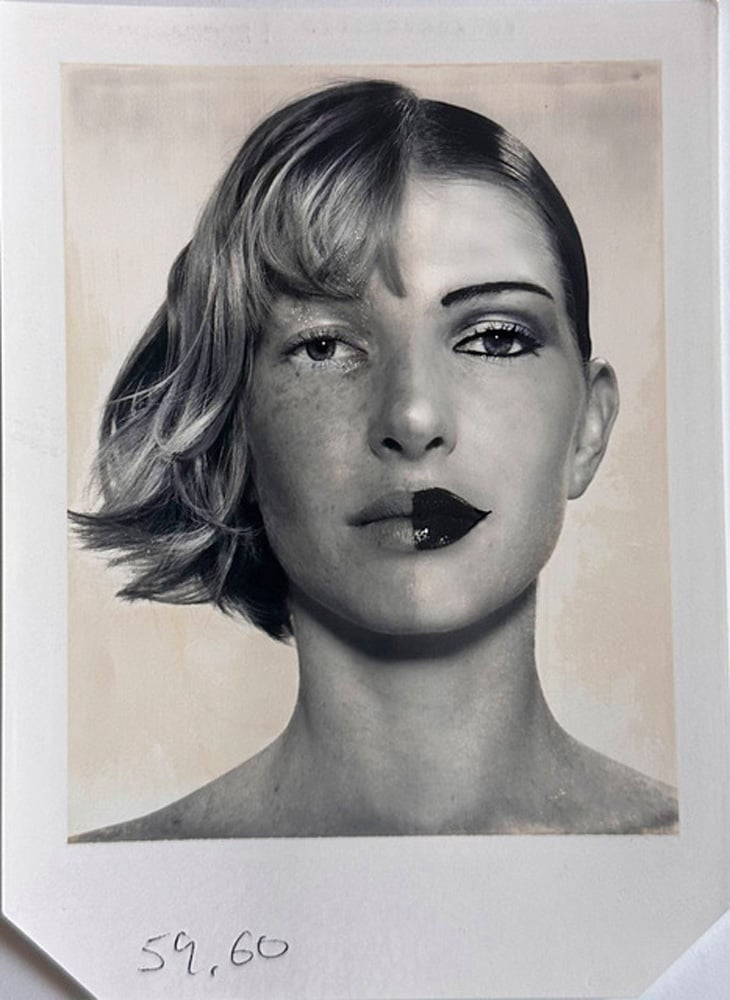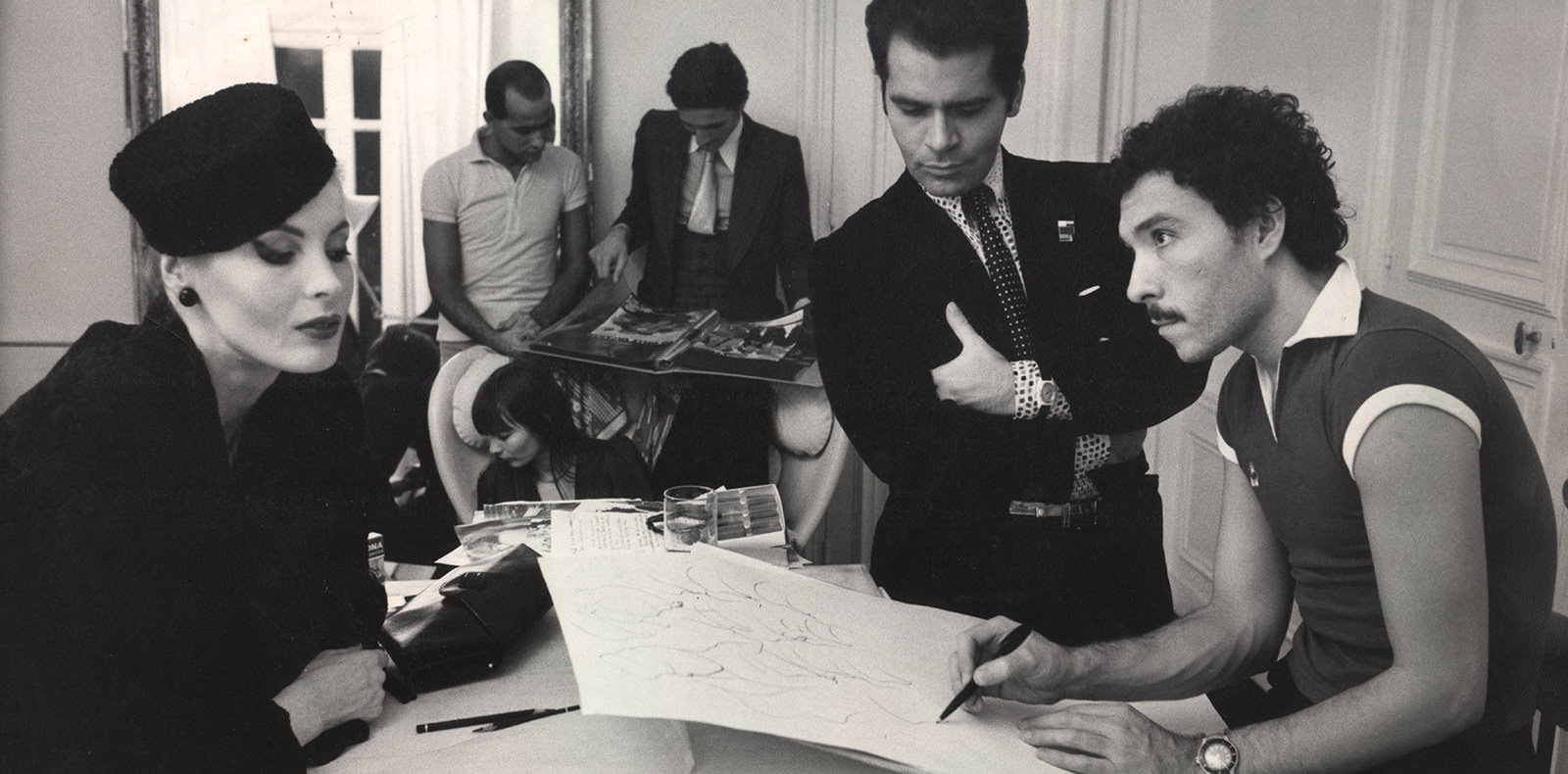
6

6
Fashion sketches, crazy nights and cult photos, discover the legendary Antonio Lopez
Fashion illustrator, photographer and night owl, the legendary Antonio Lopez was the perfect embodiment of seventies pop. Now a new documentary by American director James Crump looks back at the fascinating life of this sparkling character and his merry band of artists and model friends.
By Alexis Thibault.
According to legend, Antonio Lopez drew his first dress at the age of two. And it probably didn’t look like the typical doodle of an everyday kid. Born on the island of Puerto Rico to a father who sculpted Stockman mannequins and a couturier mother, Antonio Lopez was rocked to sleep amidst swathes of fabrics, prints and the hum of sewing machines. In the 1950s his family moved to New York where the Spanish neighbourhood of East Harlem became his new kingdom. With his curly brown hair, moustache and cigarette holder, music was in the blood of this well turned out dandy and extraordinary dancer. After leaving the Fashion Institute of Technology, he’d sketch out the watercolour lines of his models for Women’s Wear Daily, Interview and Vogue to the sounds of Nile Rodgers’ guitar licks. Later on, he’d start photography, his Instamatic always to hand.
Antonio Lopez made striking sketches of top models giving the fashion world a new feminine ideal: an elegant glittering woman, rebellious and ultra-sexy, just like his radiant “Antonio girls” who reigned over the covers of glossy magazines like they would over Instagram today.
Antonio Lopez drew like he breathed, and every exhalation produced another curve. Just occasionally his “black days” prevented him from initiating his artistic trance. As the seventies dawned, the prolific aesthete was 27 years old. At the time it was all about romantic dresses, fringed jackets, flared trousers and ethnic prints. In this dynamic era, hippie met punk, Karl Lagerfeld was making waves in Paris, Kenzo introduced colour and designers were showing female forms in the nude. In the illustrations of performer Antonio Lopez, kitsch, derision and brilliance came crashing together. Drunk on pop art, Egon Schiele’s expressionism, Joan Miro’s surrealism and masterpieces from Art Nouveau, Antonio Lopez produced striking sketches of top models. Compared to René Bouché (1905-1963), the last rebel in illustration caught a monumental sensuality and introduced a new feminine ideal into fashion: an elegant glittering woman, rebellious and ultra-sexy.
With his gang of night owls and his vast address book, Antonio Lopez went from club to club, from Studio 54 in New York to Le Sept in Paris, in the company of Jessica Lange, Charles James, Donna Jordan, Grace Jones… The “Antonio corner” was soon serious competition to Warhol’s “Andy corner”. In reality he took advantage of an era when models were becoming front line celebrities in their own right. And the bisexual playboy – in a couple with his collaborator Juan Ramos from 1965 to 1970 – enthralled his incandescent and resolutely disco “Antonio girls” who reigned over the magazine covers like they would Instagram today. According to artist Paul Caranicas, Antonio Lopez revolutionised fashion by choosing “race, ethnicity and sexuality as the foundations of his art”. The Puerto Rican mixed influences, left America for Paris and drew the things that he loved best whatever they were, creating a whimsical and fantastical aesthetic hybridisation.
Antonio Lopez continues to nourish the campaigns of Louis Vuitton and Saint Laurent today. He spurred on a multi-ethnic vision of fashion, marked by his childhood spent in the Bronx.
A vibrant tribute, James Crump’s new documentary is a sort of extended slide show commented on by the close friends of the illustrator who died of Kaposi's sarcoma in 1987. Shown at the London Film Festival last year, the American director’s project succeeds Troublemakers: The Story of Land Art (2015) and his interest in Robert Mapplethorpe and Patti Smith in Black White + Gray (2007). Antonio Lopez continues to nourish the campaigns of Louis Vuitton and Saint Laurent today. He spurred on a multi-ethnic vision of fashion, marked by his childhood spent in the Bronx. But there’s also a melancholic air to the documentary. A grief close to abating, particularly when Crump suggests that the ambient racism at Vogue helped push Lopez towards the exit. A cruel world that survives on ink, polaroid and the most beautiful of descriptions: “It was just Antonio.”
Antonio Lopez 70: Sex, Fashion & Disco de James Crump. Coming soon.
